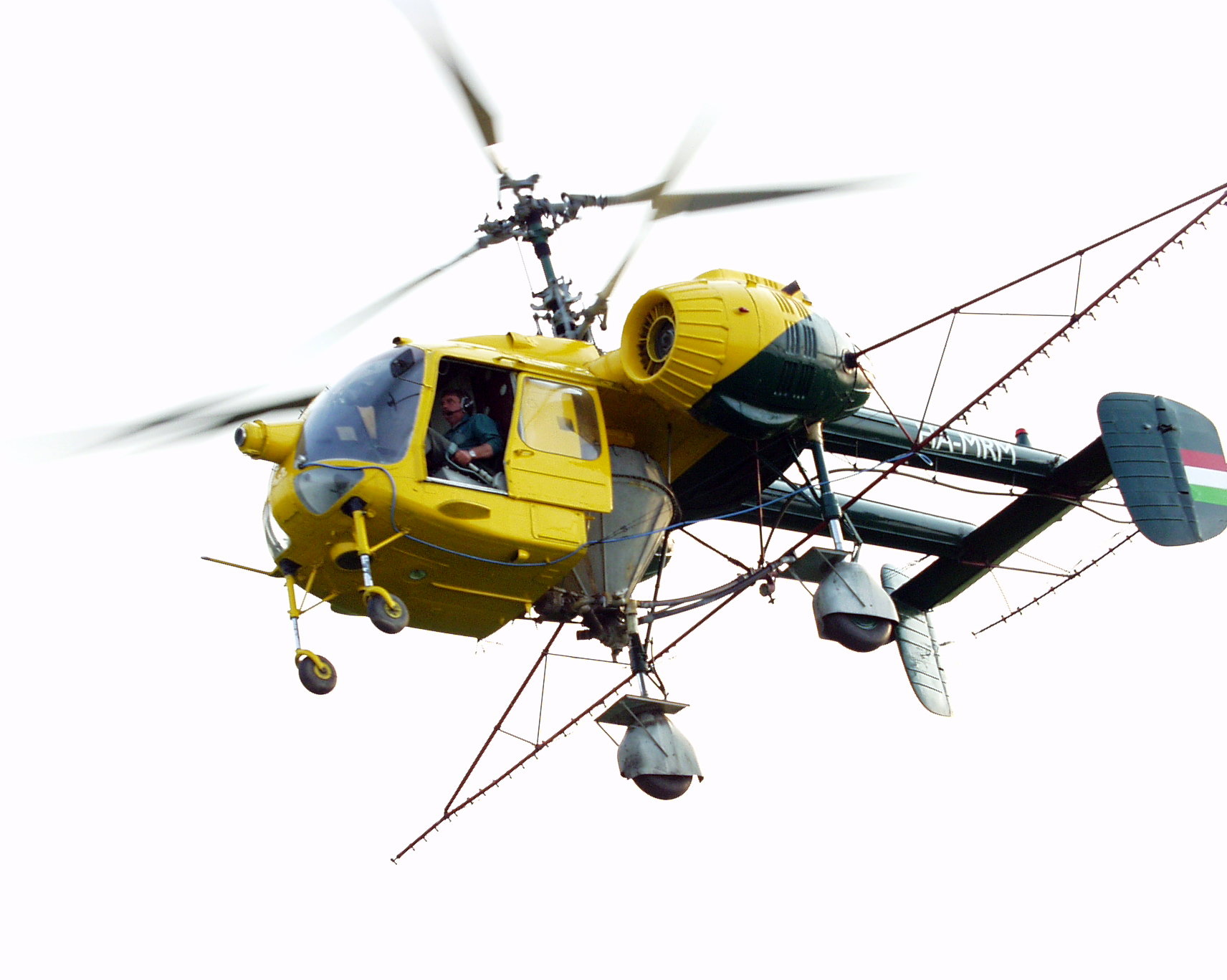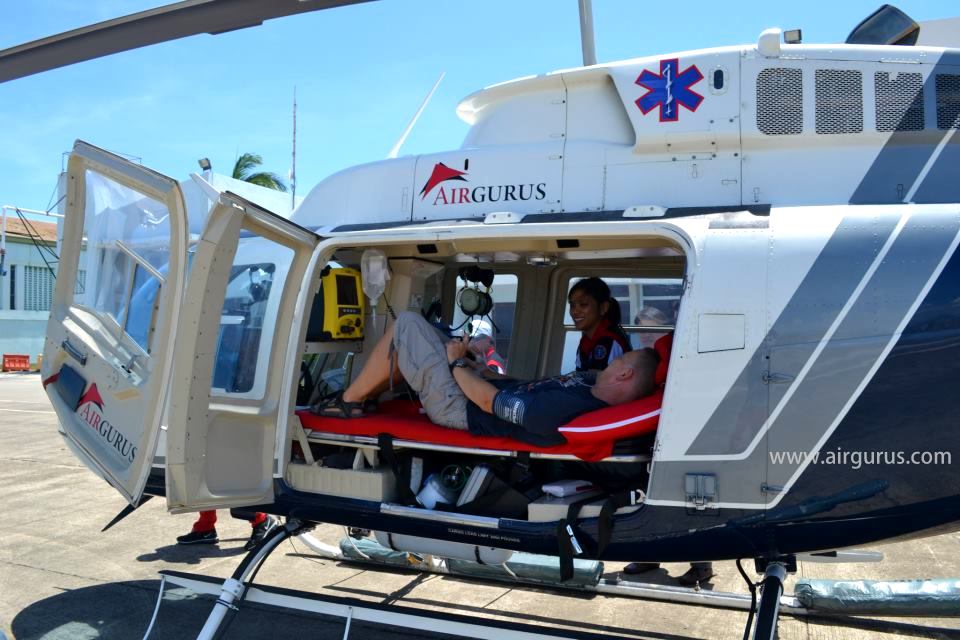I think some of you are not being honest.

Ka-226T is heads and shoulders above its competition. The only time it would look bad to you is when you look at its combat support capability. For this later task which is going to be secondary only the LUH will beat all competition in future.
The single rotors are all wasting too much power on the tail rotor. So much so that despite the Ka-226T being under-powered compared to the competition, it still manages to fly higher. Though I do expect the LUH to be even better for high alti.
Coaxial benefit is so great that despite the lower power to weight ratio the Ka-226T supports a massive 13 meter diameter rotor that too with two rotors. AS550 and Bell 407 are well under 11 meters single rotor. Ka-226T is just a different way of flying.
Then there is the survivability afforded by the 2 engines. The engines BTW can easily be serviced by HAL servicing and overhauling division since the engines are French of the same lineage as the LUH, LCH and ALH. The French engines on Ka-226T are have three power output settings - take off, cruise, emergency. On emergency power the Ka-226T will land even if one of its engines is hit by a Stinger. No such option with single engined helos. Then these French engines show marked improvement on their own ruggedness. Starts faster, tolerates different fuel mixes. The Russians have acted wisely by opting for the French engine instead of Brit or American engines or wasting time developing one for the Ka-226T.
Then there is the advantage of multiple types of payloads that Ka-226T can carry. For example you can never carry any payload whose volume characterstics do not confirm absolutely to the cabin dimensions of the competing helos. With Ka-226T you can simply take out the whole payload cabin and put say a long pole across the helo. The way the piping on this crop-duster version passes right through and across the breadth of the helo.
Then there is the benefit of having more space for the medevac version. Ka-226T has mutiple versions of cabins for medevac. I am damn sure you can easily evacuate 2 litter plus 1 sitting casualty alongwith 2 medical support people, should you design a cabin for the purpose.
The medevac version for the single engined light utility helos is so cramped that it would make one laugh at the very idea of having one. Look how it works in Bell-407GT. The soldier will have to change from the first stretcher in which he is brought to the evacuation point onto the articulated stretcher in the helo. This has to be done outside the helo.

Then the whole stretcher with the soldier will be swinged around and parked right over one of the passenger seats. :biggrin2:. This is not all, after this the casualty will have his feet inside the pilot's cabin. So kiss your second pilot good bye.

. This is still not complete. The casualty will have all manner of things hanging over him.

. This is still not complete. After this the medical caregiver MUST seat at the head of the casualty. For Ka-226T the caregiver can move around the aisle. So for Ka-226T you can even think of high density evacuation with just one caregiver. Something not possible with the single engined lighter ulility helos. In fact the LUH will also not be able to deal with this.
Ka-226T also can be designed with auto rotor folding mechanism.
The ground clearance for Ka-226T is stupendous and completely non-obstructive to anything.
Russians have truly designed a real light utility helo.
My guess is the Ka-226T will find use with all three branches, while the LUH will not be used by Indian Navy. Indian Army would however make good use of some higher numbers of LUH for very high altitude medevac. For very high alti. off course the LUH is going to beat all other. I guess they will ultimately produce close to 300 Ka-226T and close to 500 LUH, during the lifetime of the respective production programs.
Regards the collision of blades, I wonder if anybody has even one case of such a problem. Not asking for theory. Any random fool can crash even the best designed system. But seriously do you have the numbers for tail rotor accidents. Because I do and it seems terrible.
Notice the form factor edge that Ka-226T has over a representative single engined light utility helo:
Bell-407GT cabin volume = 2.40 cubic meters
Ka-226T cabin volume = 5.4 cubic meters


 . This is still not complete. The casualty will have all manner of things hanging over him.
. This is still not complete. The casualty will have all manner of things hanging over him.  . This is still not complete. After this the medical caregiver MUST seat at the head of the casualty. For Ka-226T the caregiver can move around the aisle. So for Ka-226T you can even think of high density evacuation with just one caregiver. Something not possible with the single engined lighter ulility helos. In fact the LUH will also not be able to deal with this.
. This is still not complete. After this the medical caregiver MUST seat at the head of the casualty. For Ka-226T the caregiver can move around the aisle. So for Ka-226T you can even think of high density evacuation with just one caregiver. Something not possible with the single engined lighter ulility helos. In fact the LUH will also not be able to deal with this.





 Do you want to say anything about it?
Do you want to say anything about it?





